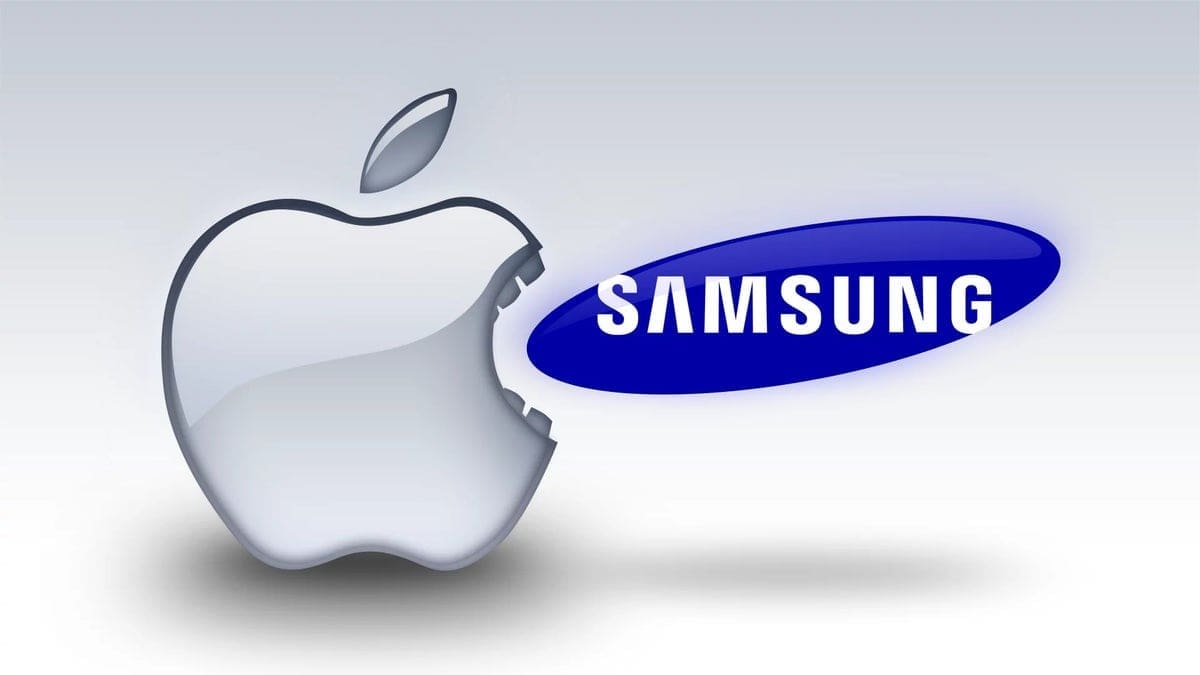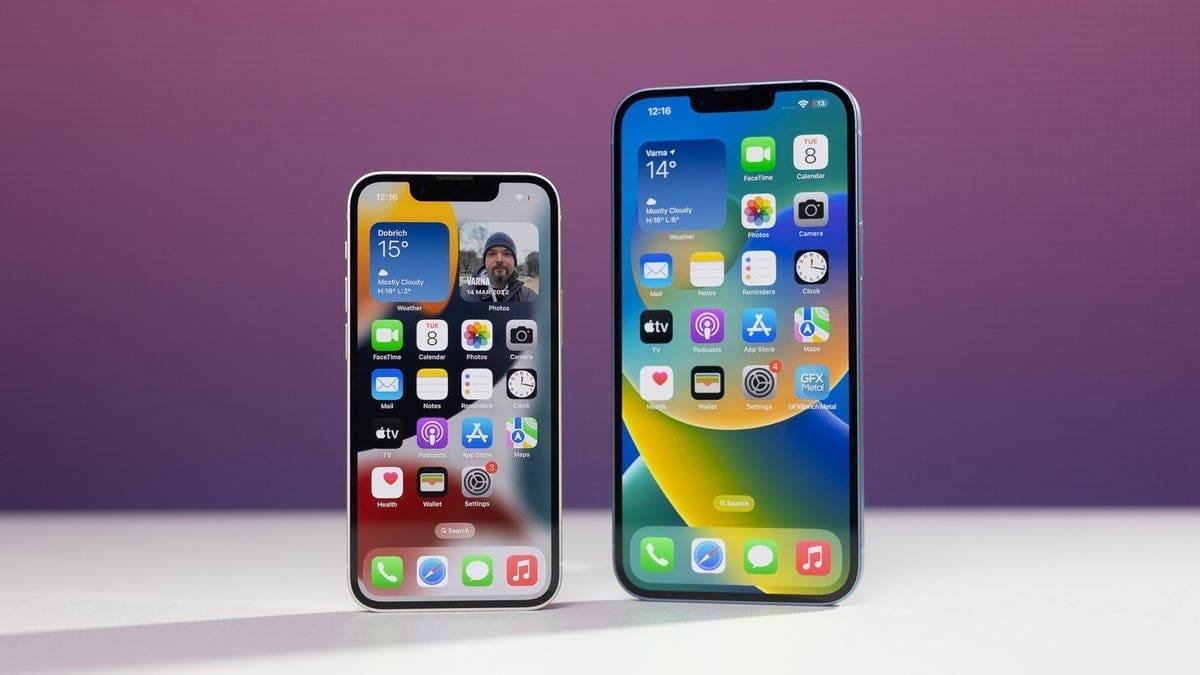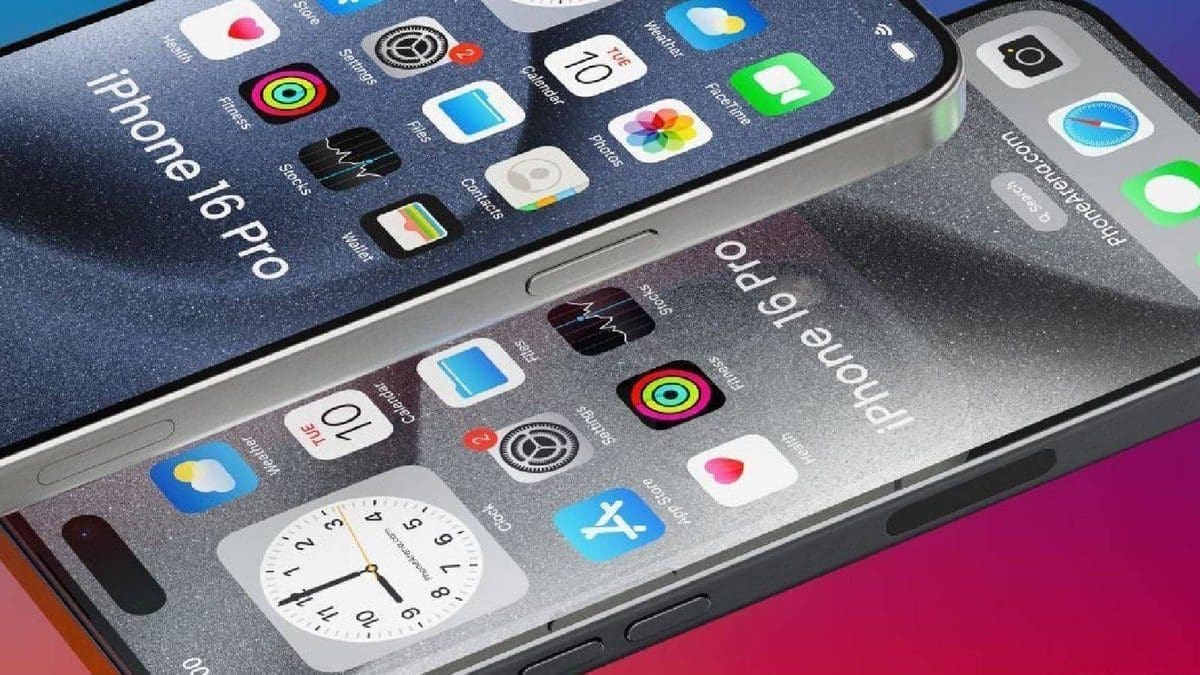Samsung has a history of playfully poking fun at Apple for being late to the game with certain iPhone features that Android phones have had for years. From clever ad campaigns to witty tweets, Samsung doesn’t hold back when it comes to calling out its competitor. Let’s take a look at some of the instances where Samsung threw shade at Apple:
– In a 2012 ad campaign, Galaxy S III users are seen looking down on iPhone users waiting in line for the new iPhone 5, highlighting the Galaxy’s “fewer features” and larger screen.
– Samsung indirectly called out the iPhone 4 for its antenna issues with a poster spelling “Hello” using reception bars.
– When Apple launched the first large iPhone, the iPhone 6 Plus, Samsung tweeted, “No one’s going to buy a big phone – guess who surprised themselves and changed their minds.”
– Recently, Samsung released a video ad mocking Apple’s controversial “Crush” commercial for the new iPad Pro.
But things took an interesting turn during the launch of iOS 18 when Samsung went on a rage tweets campaign to call out Apple for being late to the AI game. Here are some highlights:
– Samsung pointed out that users could move app icons anywhere on their Galaxy screens since 2010.
– The company mocked Apple’s marketing move to call AI on its devices “Apple Intelligence”.
– Samsung even hinted that Galaxy takes better photos than the iPhone.
While Samsung’s jabs at Apple may seem light-hearted, some people find them cringeworthy. Responses to Samsung’s tweets included comments about the company’s marketing tactics and similarities between Samsung and Apple in terms of business models.
Interestingly, leaked images of Samsung’s new Galaxy Buds Pro 3 and Galaxy Watch Ultra show designs reminiscent of AirPods Pro and Apple Watch Ultra. This aligns with Samsung’s trend of following Tim Cook & Co.’s lead in design choices.
Overall, while Samsung enjoys taking shots at Apple, it’s worth noting that both companies have their strengths and weaknesses. As technology continues to evolve, it will be interesting to see how these two tech giants shape the future of smartphones and other devices.









